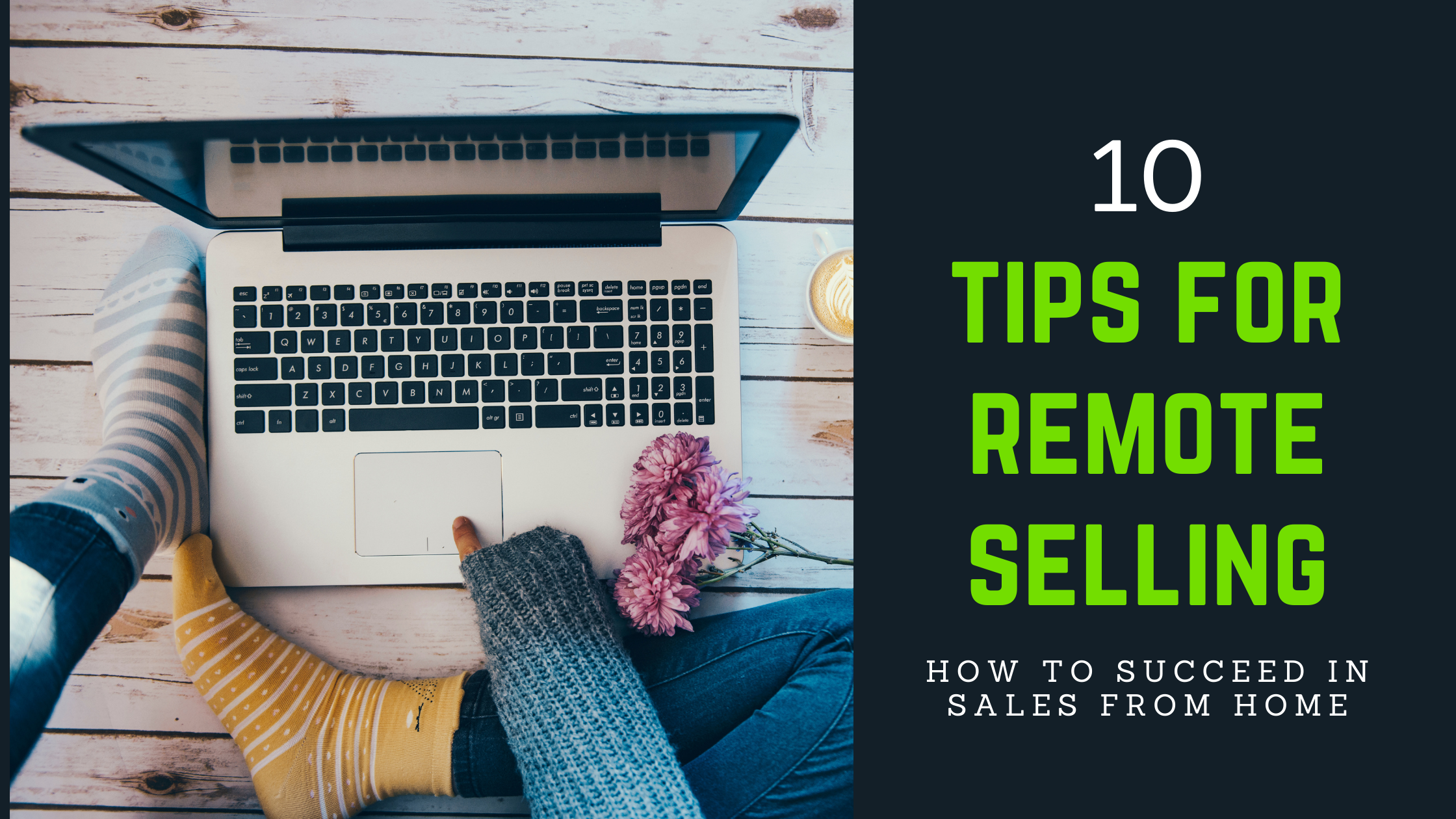The art of selling is among the most challenging of occupations, even during the best of times. Countless hours and resources are spent identifying potential customers, nurturing leads, and closing deals. But what if your sales force can’t add the live and in-person touch of meeting with a client over coffee, connect with a customer during a lunch visit, or stop by to visit a prospect’s office to get a better feel for their needs and how your company can help?
Today, a sales workstation is more likely to be a dining room table, a kitchen counter, or near a refrigerator decorated by a daughter’s before-bed art project. Much of the working world in a pandemic time is living through the awkwardness and frustration of remote work in 2021. We’ve learned a lot during these times of COVID-19. Not only has it been proven that remote work is possible on a massive scale, businesses now realize it can be profitable and contribute to the long-term growth and resilience of their organizations.
Remote work has evolved from trend to necessity, and employees are adapting well. In a recent survey by Global Workplace Analytics, 76 percent of global office workers and 82 percent of office workers in the United States say they want to continue to work from home even when the pandemic is over. But what does success look like from this non-traditional backdrop, and how can those in sales stay motivated, energized, and find success by working from home?
Online meetings are a must for remote working sales professionals and their potential clients, so here are 10 tips to make these virtual meetings and connections better for everyone.
Tip 1: Join Early
Sales professionals should treat an online meeting like any other in-person session regarding preparedness and time management. Imagine you are a prospect, and every time you had a meeting with a sales representative, they were 10 minutes late. That business relationship isn’t likely to work out well.
It’s a good practice to allow a five-to-seven-minute buffer between meetings. This gives you time to prepare, understand what technical aspects you need to navigate, top-up that coffee or water, and get your head into the game before the call. Maybe even consider one 1-minute for meditation. Making sure you’re in the right headspace before an online meeting helps you listen more actively and communicate during a call. Adding this preparation time into your meeting calendar, and likewise instructing colleagues and clients to book you only for a maximum time of 50 minutes to avoid overcrowding and appointment overlap.
Tip 2: Share a Proposed Agenda in Advance
This is a simple way to appear professional and provide context to attendees before a meeting.
Especially if it’s a recurring meeting, put together an agenda in a shared document. You can outline talking points, upload material that you want a customer or prospect to go through before the meeting, and give them a chance to add any relevant points they may want to discuss.
Meeting agendas are a best practice even in the virtual world and ensure that time is well used. They also provide an archive of past meetings and a reference of next steps or decisions made.
Check out this list of meeting agenda templates to get you started.
Tip 3: Dress for Success When Selling Online
Even though sleeping in and rolling out of bed to your desk chair is tempting, studies show that keeping a consistent morning routine and maintaining professional dress goes a long way to improving a sales professional’s productivity.
“Dressing pulled together helps us feel pulled together. Research has found that people feel more competent when wearing business clothes,” says psychologist Cathleen Swody.
If we’re not dressed for success, we tend to be a little bit more laid back and not as much on our game.
Sales are the customer-facing side of the business, and if you wouldn’t wear it when going to see your biggest client in person, you shouldn’t wear it during an online meeting. It’s encouraged to stick to solid colors and neutrals with your wardrobe as loud prints can be distracting on video and detract from your presentation or pitch.
Finally, when it comes to dressing for an online meeting, take the top-to-toe method to heart and avoid embarrassing mishaps like this awkward team meeting that went viral at the start of the pandemic.
Tip 4: Be Aware of Your Surroundings
Make sure your background is tidy, professional-looking, and work-appropriate before you join a meeting.
We need to create a space where the virtual environment represents your’s personality as an individual to the company. Put together a similar atmosphere, one that you’d experience if you were sitting with us at Green Stick. You’ll see a couple of things representing Chris’s personality, and you’ll see a little bit of company branding. You will not see Chris’ bed or kitchen, for example.
It’s also recommended that professionals avoid sitting in front of bookcases with distracting items or busy backdrops.
Tip 5: Become the Master of Mute
This really goes beyond just removing background noise from a video meeting. It’s about ensuring we’re presenting our most professional and polished selves every time we enter that virtual meeting room with clients and colleagues.
An extra step to leveling up your video calls’ production value is to filter out background noise when you speak digitally. Find instructions on how to adjust your audio settings for various platform’s noise when you speak here:
Tip 6: Stay Seated, Stay in Frame
Just because it’s possible to get up and multi-task during an online meeting doesn’t mean you should. Ask yourself: Am I truly able to actively listen and offer well thought out, quality feedback while in an elevator, walking down the street, or running to catch a bus? Most often, the answer is no.
When in a professional online meeting with a client or prospect, every effort needs to be made to stay in the moment while remaining focused. If the circumstances can’t be avoided, it’s important to set expectations clearly, let the caller know you are sorry, make every effort to mute when not speaking, and keep your camera off to avoid distracting the rest of the group during the meeting.
This small consideration can improve the communication and effectiveness of a meeting, plus shows courtesy on your part.
Body language also impacts how your client or prospect perceives you and interprets the information you’re sharing with them. Before a call begins, try these steps:
- Straighten your posture and plant both feet on the ground
- Ensure your camera is positioned at eye level
- Lean slightly forward and place your hands eight to10 inches apart on the desk or tabletop in front of you
- Don’t forget to smile, letting the individual or group on the other end of a call know that you are friendly and ready to engage.
Slouching, leaning backward, crossing your arms, or distracting yourself with emails or other tasks all potentially convey that you are disinterested and unengaged. Be sure to give yourself the best shot at success with good posture and a professional demeanor and attitude.
Tip 7: Minimize Distractions When Working From Home
According to a Zippia poll survey of 2,000 American workers, the Top 3 activities that distract workers during a video call included checking emails, texting, and multitasking. Here are a few tactics to help you stay focused and attentive:
- Go Full Screen – By keeping multiple tabs open in the background, you’re more likely to wander and start working on other tasks. So, close your windows and go full screen before joining your meeting.
- Use Noise-Cancelling Headphones – this is a good tip for remote or office workers. By using noise-canceling headphones, you reduce the chance of being taken off task by auditory distractions – whether it’s the dog barking, the delivery man ringing a doorbell, or a noisy group of coworkers celebrating an achievement.
- Create a Dedicated Workspace – selecting a remote workspace conducive to productivity and not in a high-traffic area of your home is important. If you don’t have a dedicated office, formal dining rooms and basements are a good option. Try to avoid spaces like the kitchen or living room.
- Turn off Social Alerts and Cellphones – the alluring pull of a cell phone notification or direct message alert can easily draw our attention. Be sure to place your cell phone out of reach to avoid temptation.
- Practice Active Listening – by tasking yourself to ask at least two questions during a video call, and you direct your focus to listen and let others know you are invested in the interaction.
- Check out another post we published How To Make Online Meetings Productive
Tip 8: Have Empathy For Others in the Meeting
We are all adapting to a new way of working during the pandemic. Everyone is dealing with this new normal of remote work, so it’s important to empathize with others.
It’s only a matter of time until you forget to mute, or your child enters the frame wanting attention because you couldn’t find childcare that day.
Have empathy for yourself as well. Try not to lose too much sleep if it happens to you. I think everyone has experienced some instance of this since March, where maybe there was a complete train wreck on-screen during a sharing presentation, for example.
Professor Robert Kelly famously went viral when, during a live interview with BBC News early in the pandemic, his children entered the room. Amazingly he maintains his composure and carries on with the interview in a professional manner. It’s a great example of how to take unexpected incidents in stride.
Tip 9: Plan For An Effective Kick-Off and Wrap Up
Ensure your meeting gets off to a smooth start by sending a reminder to a client or prospect in advance of an upcoming session.
At the back end of the meeting, consider what the desired business outcomes are. As part of a shared meeting agenda, have an effective wrap-up planned with clearly defined next steps. Outline deliverables from the meeting and who is responsible for them. Keep in mind if everyone is responsible, it usually ends up that none are responsible at the end.
Tip 10: Shutdown Other Programs
Having other apps and programs running in the background while you conduct a video call can drastically slow down your computer’s performance. It may cause your video feed to lag during the meeting, cut out or freeze altogether. Save your work, shut down unnecessary programs to ensure your video application runs at peak performance.
With a bit of practice, polishing our appearance and rejigging our habits conveys confidence, removes barriers when selling remotely, and shows your very best to clients every meeting.

